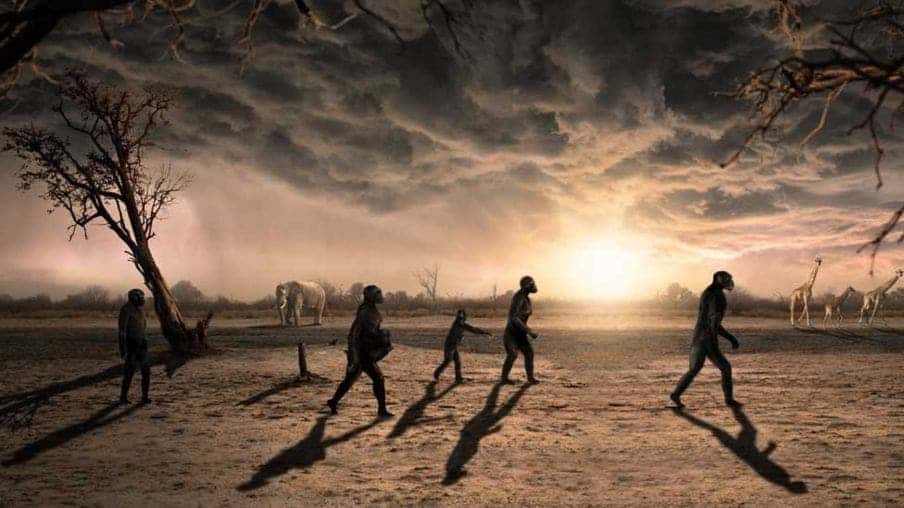
In 1976, at a site in Laetoli, Tanzania, scientists stumbled upon footprints left behind by three individuals 3.66 million years ago. These belonged to Australopithecus afarensis, one of the most famous and long-lived hominids, the same species the famous Lucy belongs to. The tracks preserved by volcanic ash and rainfall have proven invaluable to researchers whose life work is to unravel the origin of Homo Sapiens — that’s us.
Laetoli hasn’t shed all its secrets, though. Forty years later, experts who were tasked with preserving the site found more footprints belonging to two additional individuals. Among them were the footprints of the largest Australopithecus we’ve ever come across.
Aptly christened Chewie after the skyscraping Chewbacca from Star Wars, the male Australopithecus used to stand 1.65 meters tall, weighed 48 kilograms, and had a 27-centimeters-long footprint. If Chewie had worn shoes, he would be a size 10.5 in the U.S. or 44 in Europe.

The original trail of footprints was 23 meters long. Now, it’s been extended thanks to Chewie’s 12 large prints which left a 32-metre-long track some 150 meters away from the original trail. An additional pair of footprints belonged to a far smaller indivudual.
“It’s really amazing to think about this group walking in the same direction with the same speed,” says Marco Cherin, a vertebrate palaeontologist at the University of Perugia, Italy, who co-led the study. “Walking to where, we don’t know. They were probably just walking like all the other animals who left their footprints in Laetoli.”
The other hominids who left their mark at Laetoli ranged in height from 1.11 m and 1.49 m and belonged to two adult females and two juveniles or smaller females. This tells us two very important things.
For one, this great variation in body size overturns an age-long hypothesis that says our ancestors evolved larger bodies only after their brain grew bigger. Chewie wouldn’t have disagreed.
Secondly, the social group — a dominant male flanked by females and juveniles — is reminiscent of silverback gorilla families. A gorilla group is often comprised of a big male which is followed around by his harem of females and children which greatly vary in size. Previously, some scientists thought Australopithecus social structures were similar to those of humans or chimps.
That’s not to say, however, that this is necessarily the way it went down. Namely, that sexual dimorphism was present in A. afarensis. This is a too definite conclusion that can’t be made based on a couple of individuals, and footprints to boot. What wouldn’t be hasty to say is that these new print marks show that Australopithecus lived in groups composed of multiple males and females with large differences in body size.
“Now that we’ve found a new set of footprints it opens up a completely different window and there could be a number of new possibilities to study what is a photograph in time of the everyday life of this species,” said Jacopo Moggi-Cecchi of the University of Florence, one of the co-authors of the paper published in the journal eLife2.
We’re not done with Laetoli yet. There were plans of opening a museum at the site but these have been postponed to continue excavations that might find even more tracks. Scientists are also performing a statistical analysis of all the footprints to establish what the gait of Chewie and followers looked like. We know Australopithecus walked on two feet but whether or not the gait was human-like remains to be seen.






